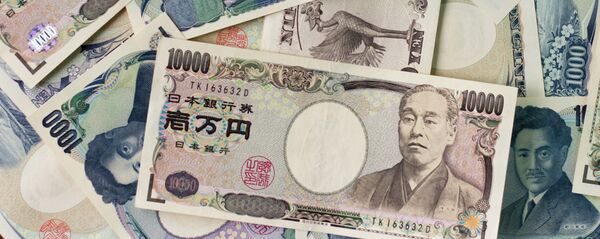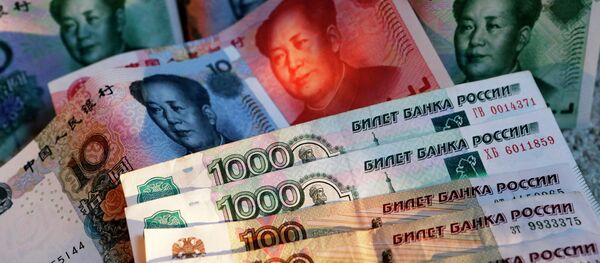"If one were to look at the situation through the eyes of an entrepreneur, the main goal in business is to make a profit," Zhang said. "Recently, the ruble has demonstrated a high level of volatility…Of course, this instability creates additional risks. However, I would not conclude on this basis that Chinese entrepreneurs do not like the ruble. For example, the Russian subsidiary of our bank works with rubles, and makes a good profit. Any currency which allows you to earn is a good currency," the official noted.
"At the moment, we are considering several promising projects for investment, including in the areas of coal mining, port construction, and the development of infrastructure," the official said. "All of these projects are in the development stage, and when the time is right, we will announce them."
In May 2014, Russia and China signed an agreement aimed at transitioning to settling bilateral trade in the ruble and the yuan, moving away from the hegemony of the US dollar. And while this practice is presently limited mainly to trade, the two sides are now exploring the possibility of extending the use of national currencies for crediting medium and long-term projects as well.
In 2014, the Russian and Chinese central banks opened a three-year, 150 billion yuan swap line (equivalent to about $24.5 billion US), thus providing commercial banks and their clients with access to yuan and ruble liquidity. As a result, the volume of settlements in national currencies has dramatically expanded. Facing instability over the past year, the ruble remains much less popular than its Chinese counterpart when it comes to payment for trade.
On Friday, Yuri Trutnev, Russian Presidential Envoy to the Far Eastern Federal District, announced that the Forum's participants had already signed some 65 deals worth more than 1.2 trillion rubles ($17.7 billion) in the forum's first two days.




